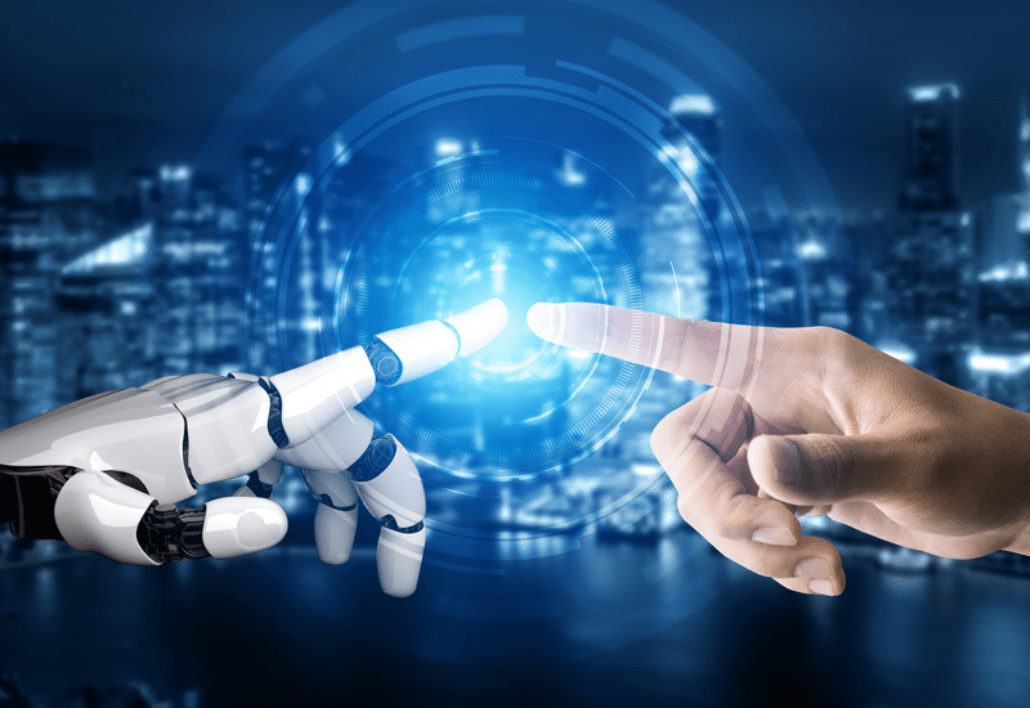
The Dawn of Greater AI-Human Collaboration: A Harmonious Partnership
The world is currently at the brink of a significant technological revolution and AI is rapidly evolving from a tool for automation into a collaborative partner that augments human capabilities. This article delves into the transformative potential of greater AI-human collaboration, exploring its implications across...
The world is currently at the brink of a significant technological revolution and AI is rapidly evolving from a tool for automation into a collaborative partner that augments human capabilities. This article delves into the transformative potential of greater AI-human collaboration, exploring its implications across various industries and addressing both opportunities and challenges on the horizon.
The Evolution of AI-Human Collaboration AI has come a long way from its early days as a mere tool for repetitive tasks. The development of sophisiticated machine learning and deep learning algorithms has empowered AI systems to understand and respond to human input in more nuanced and context-aware ways. This has helped with the improvements in NLP technologies. These improvements have also helped to enable AI to understand and generate human language which in turn facilitates more seamless interactions.
On the other hand, there are some challenges and considerations that need to be taken into play when thinking about AI-human collaboration such as, ensuring ethical AI usage and prevent bias in decision-making are essentia as the transparency/fairness in AI algorithms is paramount, the challenge of striking the right balance between data utilisation and privacy protection, preparing the workforce for AI collaboration as this requires ongoing education and training in order to adapt to changing job roles and responsibilities and developing clear regulations and accountability mechanisms for AI usage is necessary to ensure responsible AI-human collaboration.
Alternatively, greater AI-human collaboration is transforming numerous industries and reshaping the way we work and live. In healthcare, AI-powered diagnostic tools are working hand-in-hand with doctors to provide more accurate and timely diagnoses, leading to improved patient outcomes. In education, AI-driven personalized learning platforms are tailoring educational content to individual students, enhancing engagement and academic success. Businesses are harnessing AI’s predictive analytics to optimise supply chains, streamline customer service, and develop data-driven strategies for growth. In creative fields, AI is assisting artists, writers, and designers in generating innovative ideas and content. Moreover, the integration of AI into autonomous vehicles is paving the way for safer and more efficient transportation. Across these diverse domains, AI is not replacing human expertise but augmenting it, resulting in more efficient processes, better decision-making, and innovative solutions.
Greater AI-human collaboration represents a profound shift in the way we interact with technology and address complex problems. Embracing this collaboration offers the potential for more efficient, creative, and impactful solutions across diverse sectors. However, it also demands a thoughtful approach that priorities ethics, privacy, education, and regulation. As we navigate this evolving landscape, striking a balance between AI-driven efficiency and human ingenuity will be the key to unlocking the full potential of AI-human collaboration and shaping a harmonious future where technology enhances our lives.
